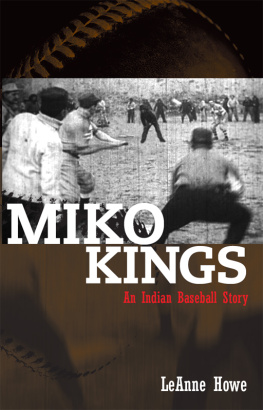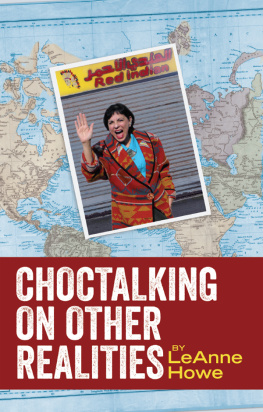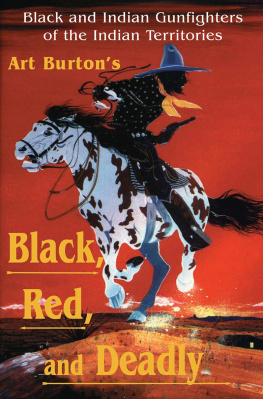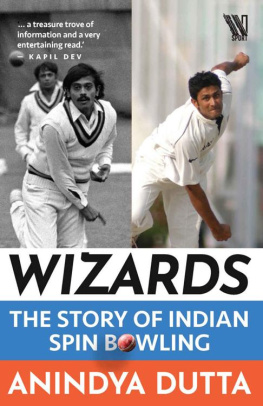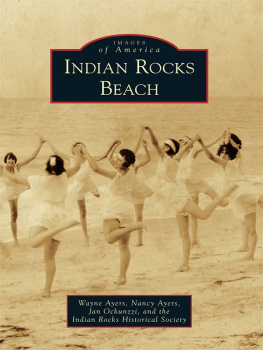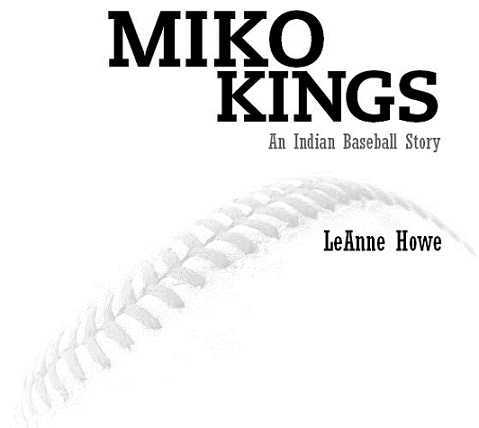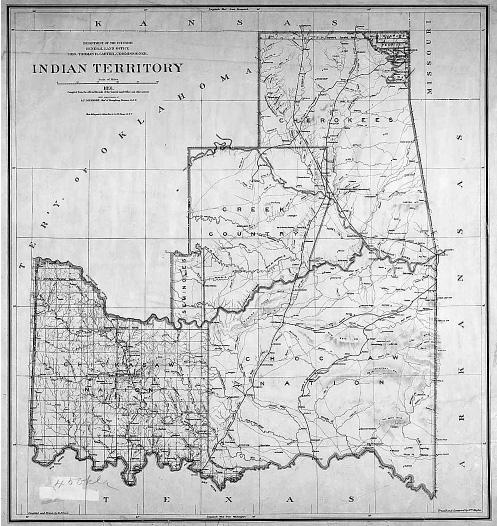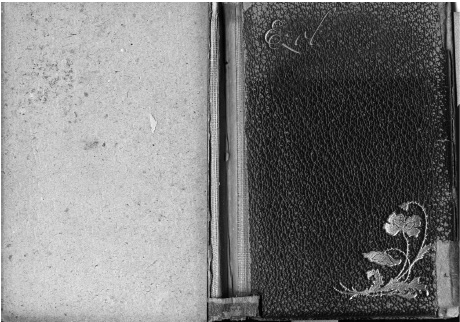LeAnne Howe - Miko Kings: An Indian Baseball Story
Here you can read online LeAnne Howe - Miko Kings: An Indian Baseball Story full text of the book (entire story) in english for free. Download pdf and epub, get meaning, cover and reviews about this ebook. year: 2007, publisher: Aunt Lute Books, genre: Art. Description of the work, (preface) as well as reviews are available. Best literature library LitArk.com created for fans of good reading and offers a wide selection of genres:
Romance novel
Science fiction
Adventure
Detective
Science
History
Home and family
Prose
Art
Politics
Computer
Non-fiction
Religion
Business
Children
Humor
Choose a favorite category and find really read worthwhile books. Enjoy immersion in the world of imagination, feel the emotions of the characters or learn something new for yourself, make an fascinating discovery.
- Book:Miko Kings: An Indian Baseball Story
- Author:
- Publisher:Aunt Lute Books
- Genre:
- Year:2007
- Rating:3 / 5
- Favourites:Add to favourites
- Your mark:
Miko Kings: An Indian Baseball Story: summary, description and annotation
We offer to read an annotation, description, summary or preface (depends on what the author of the book "Miko Kings: An Indian Baseball Story" wrote himself). If you haven't found the necessary information about the book — write in the comments, we will try to find it.
The story centers on the lives of Hope Little Leader, a Choctaw pitcher for the Miko Kings, and Ezol Day, a postal clerk in Indian Territory who travels forward in time to tell stories to our present-day narrator. With Days help, the narrator pulls us into Indian boarding schools, such as the historical Hampton Normal School for Blacks and Indians in Virginia, where the novels legendary love story between Justina Maurepasa character modeled after an influential Black educatorand Hope Little Leader, begins.
Though a lively and humorous work of fiction, the narrative draws heavily on LeAnne Howes careful historical research. She weaves original and fictive documents into the text, such as newspaper clippings, photographs, typewritten letters, and handwritten journal entries.
LeAnne Howes Miko Kings is an incredible act of recovery: baseball, a sport jealously guarded by mainstream Anglo culture, is also rooted in Native American history and territory...[Howes] compelling stories and narratives...expose the political games of the 20th century that Native Americans learned to play for resistance and survival.Rigoberto Gonzlez, author (So Often the Pitcher Goes to Water Until It Breaks and Butterfly Boy)
LeAnne Howe, an enrolled member of the Choctaw Nation of Oklahoma, is an author, playwright, and scholar. Born and educated in Oklahoma, she has read and lectured throughout the United States, Japan, and the Middle East. Her first novel, Shell Shaker, earned her a 2002 American Book Award and a Wordcraft Circle Writer of the Year in Creative Prose award. In 2004, Shell Shaker was published in French. Howe is a recipient of a National Endowment for the Humanities award for research and a Smithsonian Native American internship for research. She has written and directed for theater, radio, and film. Her most recent film project as the narrator/host of Spiral of Fire aired on PBS in the fall of 2006. She is currently an associate professor at the University of Illinois at Urbana-Champaign.
LeAnne Howe: author's other books
Who wrote Miko Kings: An Indian Baseball Story? Find out the surname, the name of the author of the book and a list of all author's works by series.

